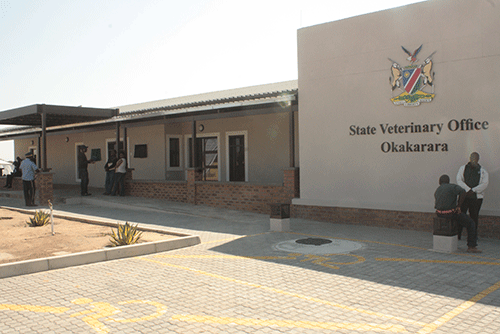OTJIWARONGO – The Ministry of Agriculture, Water and Land Reform has announced an outbreak of lumpy skin disease in the Otjituuo and Okamatapati villages of the Okakarara Constituency, with some restriction measures imposed on the movement of cattle.
The ministry’s acting chief veterinary officer in the Department of Veterinary Services, Dr Johannes Shoopala, in a media statement on Friday said eight cattle were diagnosed with the disease at the villages.
Lumpy skin disease is a vector-borne infectious disease that is occasionally fatal for cattle, especially when they are characterised by nodules on their skins. It is normally transmitted by insect bites.
“Therefore, all cattle showing clinical signs should receive vitamins, anti-inflammatory drugs and antibiotics to control the secondary bacterial infection,” he said.
Shoopala further urged farmers in the Okakarara Constituency to vaccinate their healthy cattle with a plan to control the vector.
He further said to safeguard the commercial meat industry the Directorate of Veterinary Services has instituted movement measures on cattle by ensuring that cattle moving from the affected areas should not show signs of the lumpy skin disease, and that they should be vaccinated 21 days before their movement is effected from the affected areas.
Cattle that are moving into the affected areas should be vaccinated 21 days before their movement as well for the directorate to contain the disease, he advised.
Shoopala called for full cooperation from the farmers in the Okakarara Constituency of the Otjozondjupa Region so that together with the directorate, they win against the disease. -Nampa


